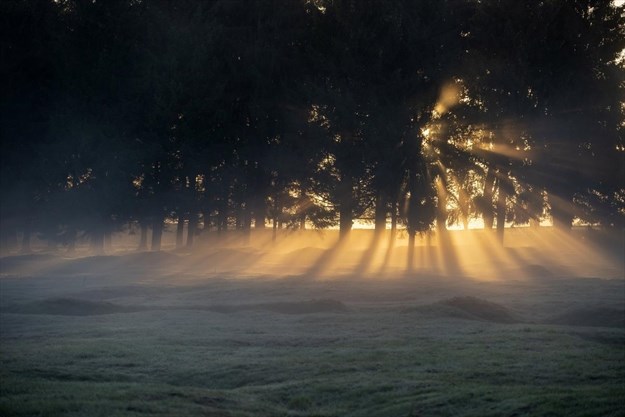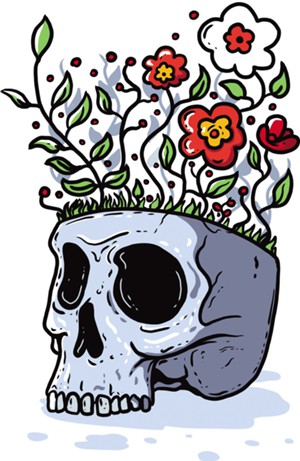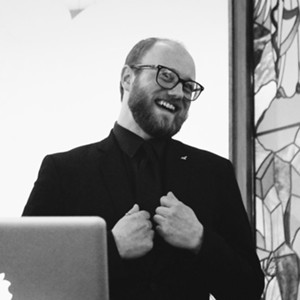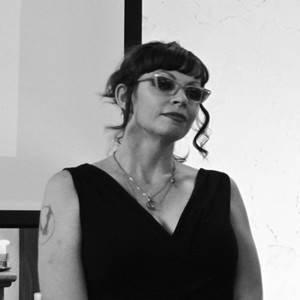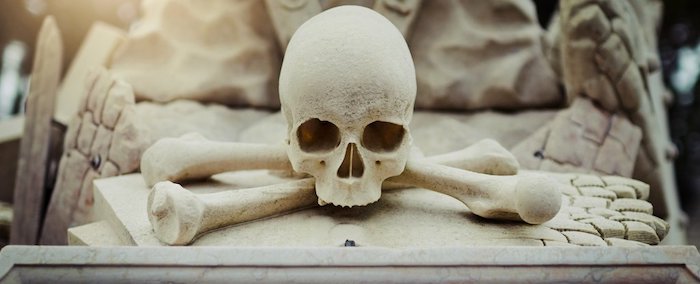For some who are terminally ill, hastening their own death may be the answer.

By Samuel P. Harrington
Four months before he died, my father, a widower of six years and a hospice patient, asked me to discuss techniques for hastening his death, although he did not use that term: “I have lived too long. What can I do?”
He was living in Wisconsin where medical aid-in-dying, which allows terminally ill patients to obtain a lethal dose of medicine from a physician, was not legal. At first, I was afraid that he was asking me, a physician, to go around the law and supply him with a lethal dose of sedatives. Fortunately, he was not. He was dying of lymphoma and geriatric “failure to thrive” (old age), but it was a slow and unpleasant process. What could he do, he wanted to know, to move things along? He was ready
It was Christmas Day and I was cooking a few of my mother’s traditional dishes. Gradually, and recognizing the irony of simultaneously baking his favorite pie, I eased into a conversation about refusing to eat and drink. We had had this conversation in the past and it always ended the same way. Unlike most of my terminally ill patients, my father had not lost his appetite and would not give up the pleasure that food brought him.
The next day, he had come to decision: He would no longer take any medications designed to prolong his life, he announced to his family, caregivers and hospice nurses. These included heart pills, blood pressure pills and electrolyte supplements. He would, however, continue palliative medications, including tranquilizers and pain pills. My father died painlessly exactly four months later from the effects of multiple ministrokes.
According to the Center for Disease Control and Prevention, 90 percent of people over age 65 die of six chronic illnesses (heart failure, cancer, lung disease, stroke, dementia and diabetes). If I am fortunate enough to live to a ripe old age, I expect that I will suffer from one of these illnesses. If treatments are ineffective and a prolonged dying process is intolerable, perhaps I, like my father, will want to hasten my death.
As a doctor, I have found that having a sense of some control at the end can be reassuring to people. Yet it’s not easy — nor should it be — for someone to say, “I’m ready to be done with this,” and then have it be so.
In general, three ways are available where a terminally ill patient can speed up the process of dying without the assistance of someone else. One is by declining (or discontinuing) medical treatments that prolong life without improving the quality of life. Stopping his non-palliative medications was my father’s variation on this theme.
Another approach is to refuse to eat or drink. Known as voluntarily stopping eating and drinking, VSED (pronounced “V-said”) is an effective technique that takes advantage of the natural tendency for the terminally ill to lose their appetite to the disease process. This means that there are minimal hunger pains. Patients die of dehydration, which sounds bad but dehydration, by itself, is a pain-free condition. Most people have easily managed symptoms of thirst that stop as things progress. About 10 percent have significant, hard-to-manage symptoms of thirst. Most people slip into a coma in two to four days and pass away in 10 to 14 days.
The third approach is to take a lethal dose of medication. Medical aid-in-dying is legal in seven states and the District. The vast majority of terminally ill patients who choose to exit life this way slip into a coma in minutes and die painlessly within hours.
Having tended many terminally ill patients, I’ve often wondered what I would do if faced with a prolonged death from a chronic illness. If told I had less than six months to live, I would certainly enter hospice care, where the focus of doctors and other health-care professionals is on preserving quality — not quantity — of life. But then what?
Discontinuing or declining medical treatment includes everything from refusing life support or turning it off after a catastrophic stroke, infection or heart attack to discontinuing a pacemaker, a feeding tube or kidney dialysis.
It can also mean no antibiotics for a pneumonia or bladder infection in a bedbound hospice patient. Comforted by palliative treatments — narcotics and sedatives that induce comfort and sedation — any of these decisions will result in a comparatively comfortable death.
My quandary with this method for hastening death is that it relies on the random development of a disease or complication (stroke, infection or heart attack, for example). It is not a proactive strategy offering a better sense of control.
Medical aid-in-dying is proactive and it is effective. It is an option that I believe people should have available to them. Yet it comes with an unanticipated scheduling complication that gives me pause.
The laws allowing medical aid-in-dying are written to protect chronically ill patients from impulsive decision-making, coercion and premature deaths. Most require that patients themselves initiate the process; be certified by two physicians as terminally ill (defined as a life expectancy of less than six months) and mentally competent (without serious depression); undergo a two-week waiting period between the time of certification and acquisition of the medications; and remain mentally competent and physically capable of self-administration at the time of ingestion.
One woman I interviewed lives in Oregon, where medical aid-in-dying has been available for more that 20 years. Her story epitomized the scheduling conundrum.
When her husband was dying of rapidly progressive cancer, they scheduled a family gathering at which time he planned to take his lethal potion. One week before the event, progressive disease threatened his ability to self-administer the medication and they had to hurriedly reschedule with their children and the end-of-life volunteers who mix the medications and witness the process. One son could not reschedule. The wife felt rushed and disappointed that her son could not make it in time.
That scheduling artifice bothers me and supports the nagging sense of prematurity that I associate with many aid-in-dying deaths.
Yet if I lived in a state where it was available, I would consider it, particularly under two conditions: If I were suffering from poorly controlled pain or if I could not be kept clean because of uncontrollable incontinence. (I have seen this in men and women who have suffered complications from pelvic radiation, surgery or cancer itself.)
For me, under most circumstances, that leaves VSED. It cannot really be premature or impulsive. It accelerates the body’s natural decline. And it takes 48 to 96 hours of self-controlled commitment before the patient slips into a self-propagating coma. It would offer me control and demonstrate to my family that my death is appropriate and appropriately timed.
How I will face the final phase of my life is of course unknowable. But I am sure that a sense of control is the most important attribute of a good death and that advance care planning helps more patients achieve their end-of-life wishes.
I know that I do not want to be a burden on my family. I want my values and my legacy to be affirmed and appreciated. I want to be clean and comfortable. I want to optimize my relationships and bring closure to as many problems as possible. And I want my death to be appropriate in time and place.
To achieve all this requires discussions with doctors, family and friends. It also requires understanding one’s disease and likely prognosis and then deciding when to say “no” to aggressive treatment and when to say “yes” to hospice care.
These are not easy conversations or decisions. Yet to reach the peaceful end that most of us wish for, one might require a plan to hasten the process.
Complete Article ↪HERE↩!

